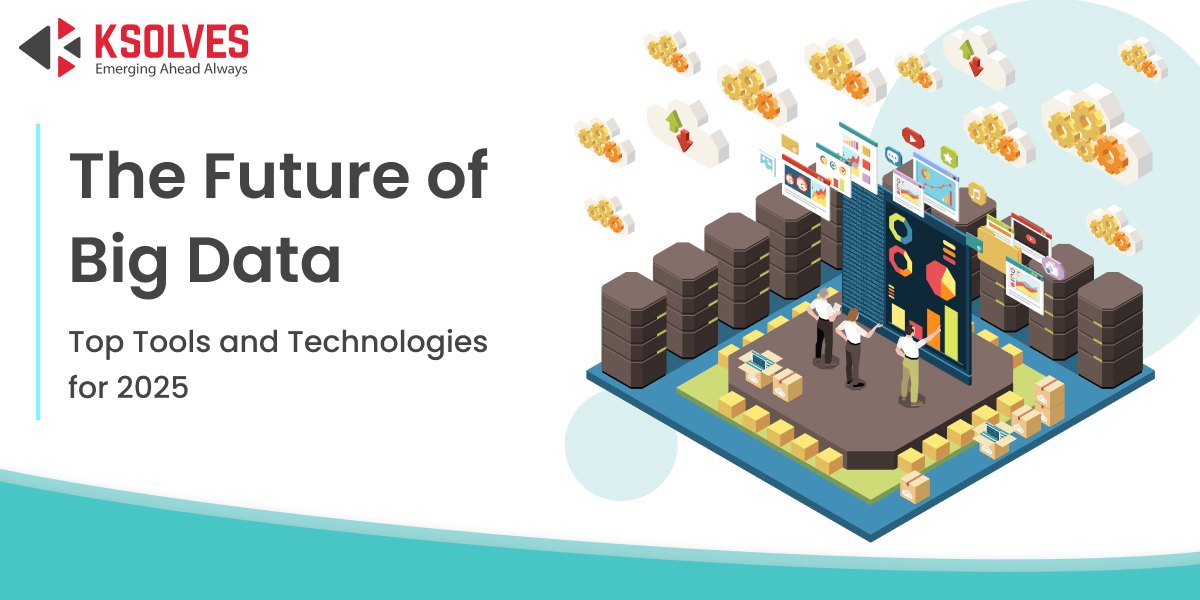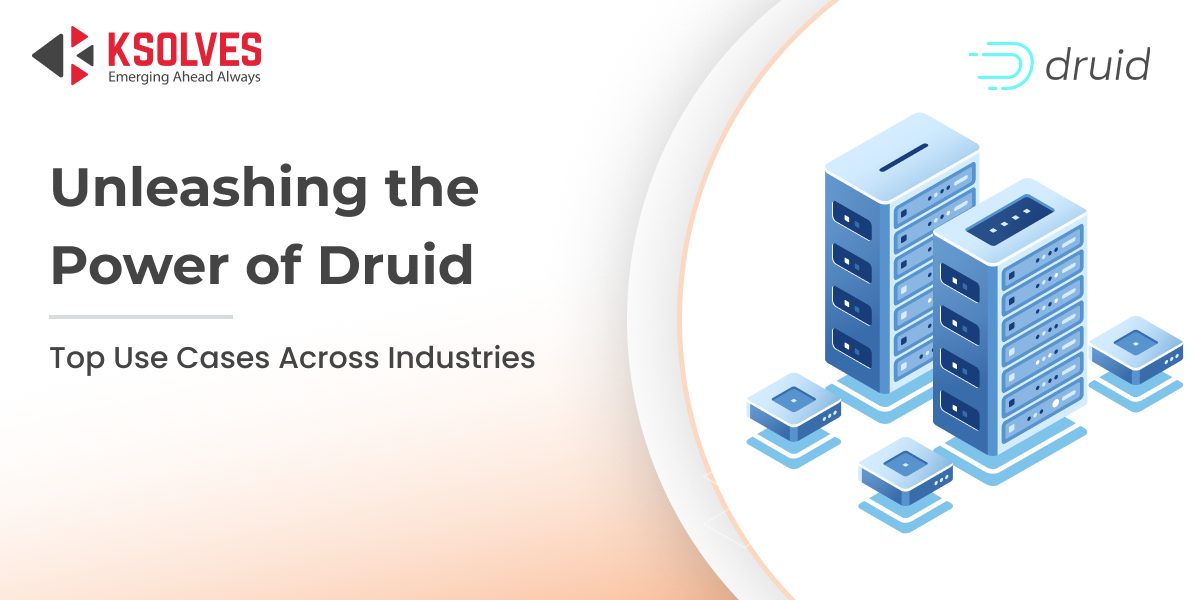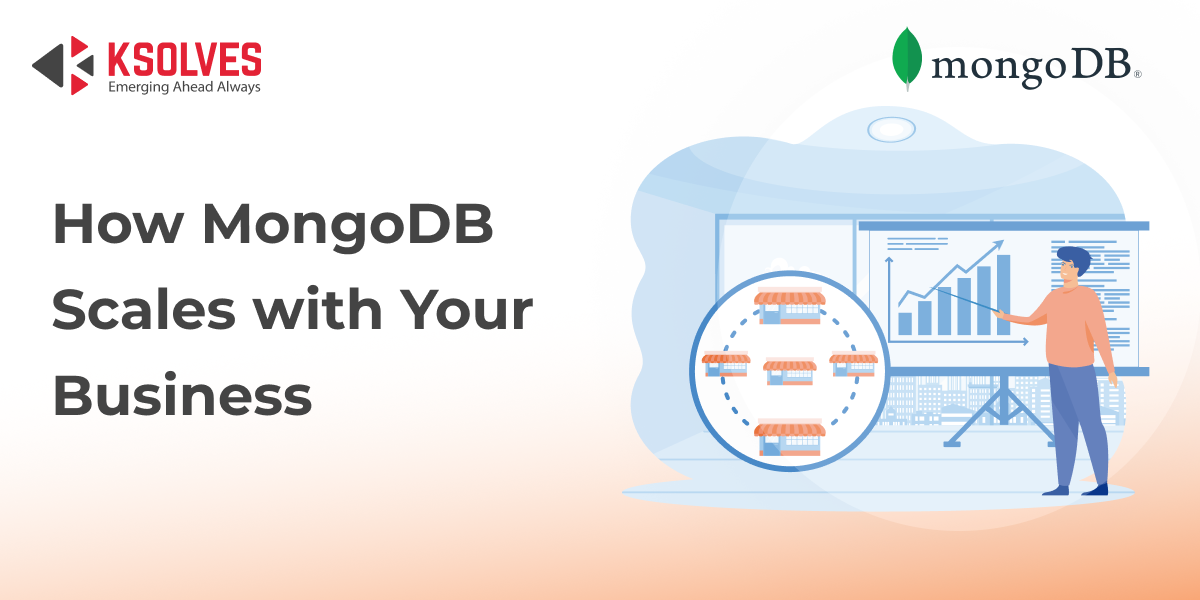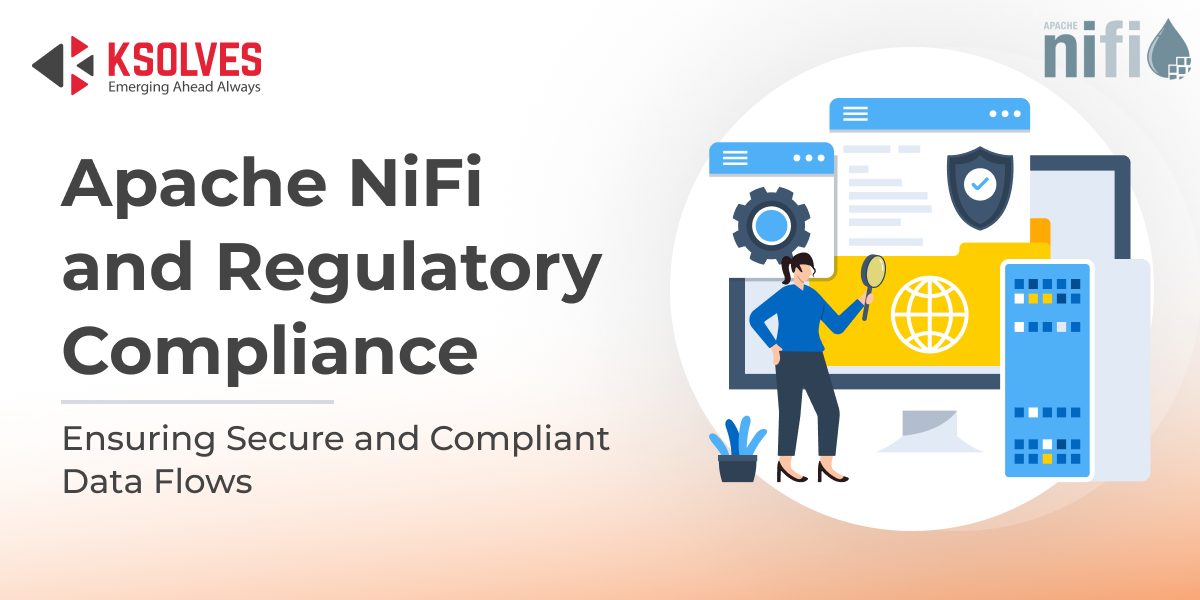Top Big Data Tools to Explore in 2025
Big Data
5 MIN READ
April 29, 2025
![]()

In our fast-paced tech world, data generation is expanding at an extraordinary pace. In 2024 alone, the world generated approximately 402.74 million terabytes (TB) of data daily, totaling around 147 zettabytes (ZB) annually. This figure is expected to surge to 495.89 million TB daily by 2025, or 181 ZB annually. As data volumes grow, the challenge isn’t just in capturing this vast amount of information but in organizing and extracting valuable insights from it.
This is where big data tools become crucial. They help businesses manage, analyze, and leverage data to refine strategies and maintain competitive advantage. In this article, we will explore the top 10 big data software that are essential for handling and making sense of this overwhelming data influx.
Top Big Data Tools to Explore in 2025
There are many big data tools and technologies available, but choosing the right one depends on your business needs, goals, and variety to guide your business correctly. Now, let’s look at the 10 top big data tools:
1. Apache Hadoop
Apache Hadoop is an open-source platform that manages and processes large data sets across multiple computers using basic programming methods. It uses a distributed file system (HDFS) for storage and MapReduce for processing vast amounts of structured, semi-structured, and unstructured data efficiently. Hadoop is highly scalable, fault-tolerant, and cost-effective, making it a cornerstone of big data analytics. As of today, it is being used by major tech companies, including Amazon, Microsoft, and IBM.
Pros:
- Easily handles large data volumes across diverse formats
- Uses commodity hardware to reduce infrastructure costs
- Offers parallel data processing for high-performance
- Integrates well with other big data tools like Apache Spark
Cons:
- Requires significant technical expertise to manage
- Not suitable for real-time analytics and low-latency applications
- Limited security features
2. Apache Spark
Apache Spark is an open-source, distributed computing framework designed for big data processing and analytics. It is well-known for its in-memory processing capabilities, which make it significantly faster than traditional frameworks like Hadoop MapReduce. It supports multiple workloads, including batch processing, real-time analytics, machine learning, and graph processing. Additionally, Spark runs on Hadoop, Apache Mesos, Kubernetes, standalone, or in the cloud.
Pros:
- Significantly faster than Hadoop for in-memory and on-disk data processing
- Supports real-time streaming, batch processing, and graph processing
- Offers built-in APIs for Python, Java, Scala, and R
- Seamlessly integrates with a variety of big data tools
Cons:
- High memory usage, which may lead to allocation issues
- Rapid updates may affect stability and reliability
- Relies on external storage systems like HDFS for data storage
Also Read: How Apache Spark Support Drives Big Data Success and Powers Business Growth
3. Cassandra
Apache Cassandra is a distributed NoSQL database management system that is used to fetch large volumes of data across multiple servers. It is quite popular due to its high availability, fault tolerance, and scalability features. This one of the top big data tools was originally developed at Facebook in 2008 to support their inbox search functionality and later became an Apache Software Foundation top-level project. It uses a peer-to-peer architecture with no single point of failure. This makes it ideal for applications requiring continuous uptime and fast read/write performance.
Pros:
- Built for zero downtime, even during failures or maintenance
- Handles growing data volumes by adding inexpensive commodity hardware
- Optimized for high-velocity write operations
- Allows easy data structure modifications with its schema-free design
Cons:
- Requires expertise to manage, especially in larger deployments
- Does not support joins, subqueries, or complex transactions
- High memory and storage requirements
4. Flink
Flink is an open-source, distributed data processing framework build for both stream processing and batch processing. This big data platform is known for its ability to process large-scale data streams in real-time with low latency and high throughput, while also supporting bounded (batch) data processing. Flink’s architecture enables stateful computations over unbounded and bounded data streams. This makes it possible to process continuous data streams and finite datasets. Flink is written in Java and Scala and provides APIs for Java, Scala, Python, and SQL.
Pros:
- Supports batch, stream, SQL-based queries, ML and graph processing
- Built-in mechanisms like checkpoints ensure reliability during failures
- Ideal for immediate analysis and decision-making
- Processes data at in-memory speeds with low latency
Cons:
- Requires significant computational power
- Relies on external systems for data storage
- Steeper learning curve due to advanced features
5. Databricks
Databricks is a unified, cloud-based analytics platform that helps manage data engineering, data science, machine learning (ML), and business intelligence (BI) workflows. It was founded by the creators of Apache Spark and is based on the idea of a ‘data lakehouse.’ This approach combines the flexibility of data lakes with the speed and reliability of data warehouses. This one of the 10 top big data tools works with both structured and unstructured data, providing tools for big data processing, analytics, and building AI models.
Pros:
- Integrates data processing, data engineering, data science, ML, and analytics in one platform
- Supports large language models and generative AI
- Automatically scales compute resources based on workload demands
- Enables seamless teamwork with interactive
Cons:
- Can be expensive for large-scale deployments or compute-intensive workloads
- Requires familiarity with Spark or distributed computing concepts
- Proprietary features may make migration to other platforms challenging
6. Qubole
Qubole is a cloud-native, self-service data platform developed for big data processing, analytics, machine learning (ML), and artificial intelligence (AI). It simplifies the management of data lakes and provides tools for real-time data processing, ad-hoc analytics, and end-to-end data workflows. Qubole supports multiple open-source engines like Apache Spark, Presto, Hive, and Airflow, and is compatible with major cloud providers such as AWS, Azure, and Google Cloud.
Pros:
- Simplifies the handling of data ingestion, storage, and processing
- Features shared notebooks and templates for better teamwork
- Uses automated scaling and spot instance pricing to cut cloud costs
- Compatible with Apache Spark, Presto, Hive, and Airflow
Cons:
- Requires significant computing power for large datasets
- Limited options for advanced customizations
- Inconsistent performance under certain conditions
7. Apache HBase
Apache HBase is an open-source, distributed, non-relational (NoSQL) database built on top of the Hadoop Distributed File System (HDFS). It is modeled after Google’s Bigtable and is designed to handle massive datasets with high throughput and low latency. HBase excels in providing real-time, random read/write access to large amounts of structured or semi-structured data. It uses a column-oriented and schema-less design, which makes it highly scalable and well-suited for big data applications.
Pros:
- Provides low-latency random reads and writes
- Handles massive data sets across thousands of servers
- Offers APIs in Java, REST, Thrift, and Avro for easy integration
- Ideal for real-time workloads such as fraud detection
Cons:
- Complex setup and administration
- Lack of advanced features like triggers or complex joins
8. Mongo DB
It is an open-source platform and a document-oriented (NoSQL) database that uses a document-oriented model to store data in JSON-like documents (BSON). Unlike traditional relational databases, MongoDB is schema-less. This means it allows flexible and dynamic storage of structured, semi-structured, and unstructured data. It is widely used in modern web and mobile applications due to its scalability, high performance, and support for diverse data types.
Pros:
- Great for high-speed read-and-write operations
- Ideal for evolving data models and unstructured data
- Supports replication and automated failover with built-in features
- Comes with complex queries and aggregation capabilities
Cons:
- Document size has a cap of 16MB, which may restrict certain use cases
- High memory usage due to its storage of data in BSON format
- Missing advanced relational database features like complex joins
9. Apache Storm
It is a distributed real-time computation system that processes massive streams of data with low latency. Storm is particularly useful for real-time analytics, continuous computation, and ETL tasks. Originally developed by BackType and later open-sourced by Twitter, Apache Storm became a top-level Apache project in 2014. Its architecture uses a master-slave model with components like Nimbus (master node), Supervisors (worker nodes), and Zookeeper for coordination. Apart from Twitter, Storm is also popular among tech giants like Zendesk, and NaviSite.
Pros:
- Processes data streams in real-time with extremely low latency
- Highly scalable and automatically detects failures
- Supports multiple programming languages like Java and Python
- Integrates with various data sources like Kafka and Flume
Cons:
- Setting up and configuring Apache Storm can be challenging
- Consumes significant computational resources
10. RapidMiner
RapidMiner is a comprehensive big data platform that supports the entire machine learning lifecycle, from data preparation to model deployment. It provides a user-friendly, drag-and-drop interface for building workflows. This makes it accessible to users with minimal coding experience. RapidMiner supports various machine learning algorithms, statistical techniques, and advanced features like text mining and deep learning. It is widely used in industries such as education, IT, and business analytics for tasks like predictive modeling, sentiment analysis, and customer segmentation.
Pros:
- Built-in support for supervised, unsupervised, and semi-supervised learning methods
- Non-technical users can build ML models without writing code
- Handles large datasets with parallel processing and distributed computing capabilities
- Facilitates teamwork with features like shared workflows and version control
Cons:
- Using advanced features may require significant expertise
- Paid versions can be expensive for organizations with limited budgets
- Does not support live data ingestion
Conclusion
Businesses in 2025 will have to rely on expertise to handle the complicated portion of the big data tool stack (Apache Hadoop, Spark, Databricks, etc). Though these platforms provide unparalleled scalability and real-time processing capabilities, several issues continue to vex, including technical complexity, resource-intensive requirements, and inadequate security measures.
Ksolves, a top big data consulting company, helps make these tools operationally efficient. They also make sure that businesses can scale, maintain security, and achieve seamless integration. Using these big data tools in the industry, Ksolves delivers the power to work effectively on large data sets and extract meaningful insights. Not only does this support decision-making, but it also improves general business success in the competitive setting of data-driven industries.
![]()




AUTHOR
Big Data
Anil Kushwaha, Technology Head at Ksolves, is an expert in Big Data and AI/ML. With over 11 years at Ksolves, he has been pivotal in driving innovative, high-volume data solutions with technologies like Nifi, Cassandra, Spark, Hadoop, etc. Passionate about advancing tech, he ensures smooth data warehousing for client success through tailored, cutting-edge strategies.
Share with